Similar atlases have since been produced and published for other plants and animals, including lichens (from 1982), butterflies (1984), bryophytes (from 1991), dragonflies (1996), grasshoppers (1997) and molluscs (1999). Pre-eminent among them are the bird atlases, The Atlas of Breeding Birds (1976) and The Atlas of Wintering Birds (1986). The production of a second breeding bird atlas recording breeding birds in 1993 was all the more valuable because it enabled an analysis of change over a 20-year period, providing a temporal dimension to the maps. The same has been done for only one other group, the butterflies, which received perhaps the most lavish and detailed atlas of all, The Millennium Atlas , in 2001. Distribution maps of many British species are now published on the Internet, via the National Biodiversity Network.
Of course, the relatively crude scale of 10 x 10 kilometres does not record actual sites (and so can make a species appear more frequent than it really is). Maps of vascular plants and butterflies have been published on finer scales, and a 2 x 2 kilometre ‘tetrad’ is now standard for county-scale maps (and represents a stupendous recording effort by local naturalists). These reveal some of the detail of actual distribution, fine enough to show the course of rivers and different strata and soil types. Some rare species have been mapped by actual sites; visually, the problem of actual-scale maps is that the ‘dots’ all but disappear – fly-specks on a blank canvas. Some insects, including butterflies, seem to occupy tiny patches of land, measured in metres rather than kilometres.
The venerable Victorian tradition for recording the wild plants of a county has been given a new lease of life by computer-based mapping. Grid-mapping was used in most of the county floras published since 1960. Their compilation by dedicated amateur naturalists, sometimes working as a team, sometimes, especially in the more remote regions, representing a titanic solo effort, is one of the wonders of British natural history. The majority of English counties have a flora published during the past 20 years, generally mapped on a fine 2 x 2 kilometre scale. By tradition they also include an overview of the county’s natural vegetation, progress in conservation and potted biographies of local botanists. The recent Flora of Cornwall has an accompanying CD-Rom holding the entire database of records. Some, such as The Flora of Dorset , record mosses, lichens and even fungi, as well as vascular plants. Others, such as A Flora of Norfolk and A Flora of Cumbria use elaborate coloured maps to compare plant distribution with physical features, a valuable advance made possible by modern printing technology.
Ten-kilometre square records of Arnoseris minima (lamb’s succory) plot the gradual decline to extinction in about 1970 of this once widespread ‘weed’. Hollow circles are records pre-1930, solid circles 1930-1970. (BSBI/CHE)
There are a growing number of ‘county faunas’, mainly of birds or butterflies, but on occasion extending to other vertebrates and at least the more popular invertebrates. Surrey Wildlife Trust has published a wonderful series of local insect ‘faunas’, including hoverflies, dragonflies, ladybirds and grasshoppers. Local bird reports have reached a high state of elaboration. They are often produced annually, enabling the present year to be compared with the last and revealing population trends. By contrast, many fine wildlife journals have fallen by the wayside, victims of rising costs and falling subscriptions, such as the long-running Scottish Naturalist and Nature in Wales . Fortunately the magazine British Wildlife came in the nick of time to rescue serious naturalists, and includes valuable news reports on all the main groups of flora and fauna. There are welcome signs of a revival in regional or specialised publications, such as Natur Cymru , the new ‘review of wildlife in Wales’, and the lively magazine Atropos , which is devoted to moths, butterflies and dragonflies.
Tetrad records of Danish scurvy-grass from A Flora of Norfolk reveal the plant’s fidelity to a natural habitat, coastal salt marshes, and its mimic, the moist, salty verges of main roads. (Alec Bull & Gillian Becket)
A series of Red Data Books has been published on rare and vulnerable species, each one containing a great deal of ecological information on the eternally fascinating question of why some species are rare. The more recent ones include distribution maps. So far there are Red Data Books for Vascular Plants (first published 1977, 3rd edition 1999), Insects (1987), Birds (1990), Other Invertebrates (1991), Stoneworts (1992), Mammals (1993), Lichens (in part – 1996) and Mosses and Liverworts (2001). There is also Scarce Plants in Britain (1993), a kind of ‘Pink Data Book’ for wild flowers that live on the edge of conservation activity. Together they cover nearly 4,000 species, and undoubtedly many more would qualify, especially if we knew more about fungi, or soil and marine life. It is a daunting thought that perhaps a quarter of our wild plants and animals are rare enough to warrant conservation action – and, if our climate is truly changing, that this proportion will rise.
Site registers and monitoring schemes
To conserve species in a site-based system of nature conservation you need to link species to places. During the 1980s, the NCC embarked on a series of grand, nationwide habitat surveys, a kind of resource account of Britain’s wildlife. Cumulatively they produced a detailed documentation of Britain’s wild places as a factual basis for conservation decisions. The NCC drew on existing, scattered information, but the surveys also amounted to possibly the most ambitious programme of field survey there has ever been. First there were the habitat surveys: ancient woodland (‘the Ancient Woodland Inventories’), the coast (‘Sand-dune Survey’, ‘Estuaries Review’), peatlands (‘National Peatland Resource Inventory’) and rivers. Beyond the shoreline there was the Marine Conservation Review (q.v.), analogous to the Nature Conservation Review on land, which classifies maritime communities and documents the best sites. The Geological Conservation Review did the same for rock strata and special geological sites over 41 volumes. Then there were the species reviews. The Invertebrate Site Register documented the best sites of insects and other invertebrates. A Rare Plant Survey did the same for rare vascular plants. The long-running Seabirds at Sea project discovered where seabirds went and what they did once they were beyond the reach of land-based binoculars. These surveys formed a mass of raw material that could be tapped for SSSI notification, species protection, drawing up oil-spill contingency plans etc. The Geological and Marine Conservation Reviews were also major contributions to pure science. Most of this work remains unpublished, perhaps destined to remain forever in sagging, spiral-bound folders thronging the shelves of conservation offices or lodged somewhere in the labyrinth of cyberspace. It is almost unsung, this last, vast outpouring of British natural history. The NCC’s successor agencies continued some of it, and implemented smaller-scale surveys of their own, though generally for a particular, short-term purpose, but none of them had any interest in praising the work of their predecessor. All the same, it was a tremendous voyage of discovery with able captains. Those of its mariners that are not retired are now mostly in administrative conservation jobs, or working as consultants.
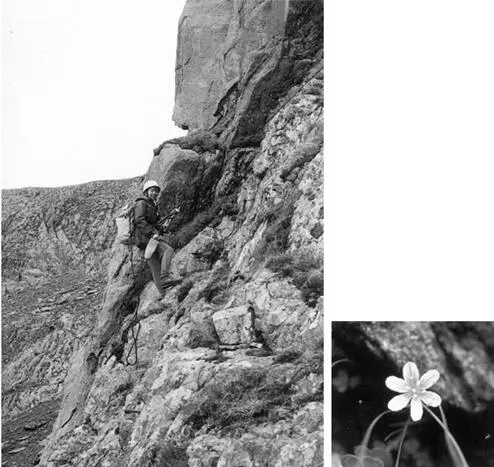
Recording rare flowers: Barbara Jones, a trained climber, surveying the Snowdon lily, Lloydia serotina , (below) on Snowdon.
Читать дальше
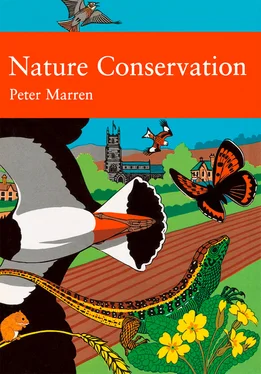


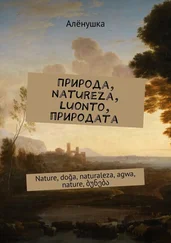


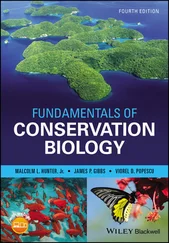



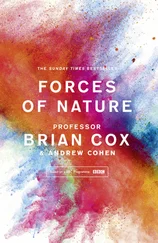

![Various - Birds and Nature, Vol. 12 No. 5 [December 1902]](/books/745517/various-birds-and-nature-vol-12-no-5-december-thumb.webp)
![Various - Birds and Nature Vol. 11 No. 2 [February 1902]](/books/745533/various-birds-and-nature-vol-11-no-2-february-1-thumb.webp)